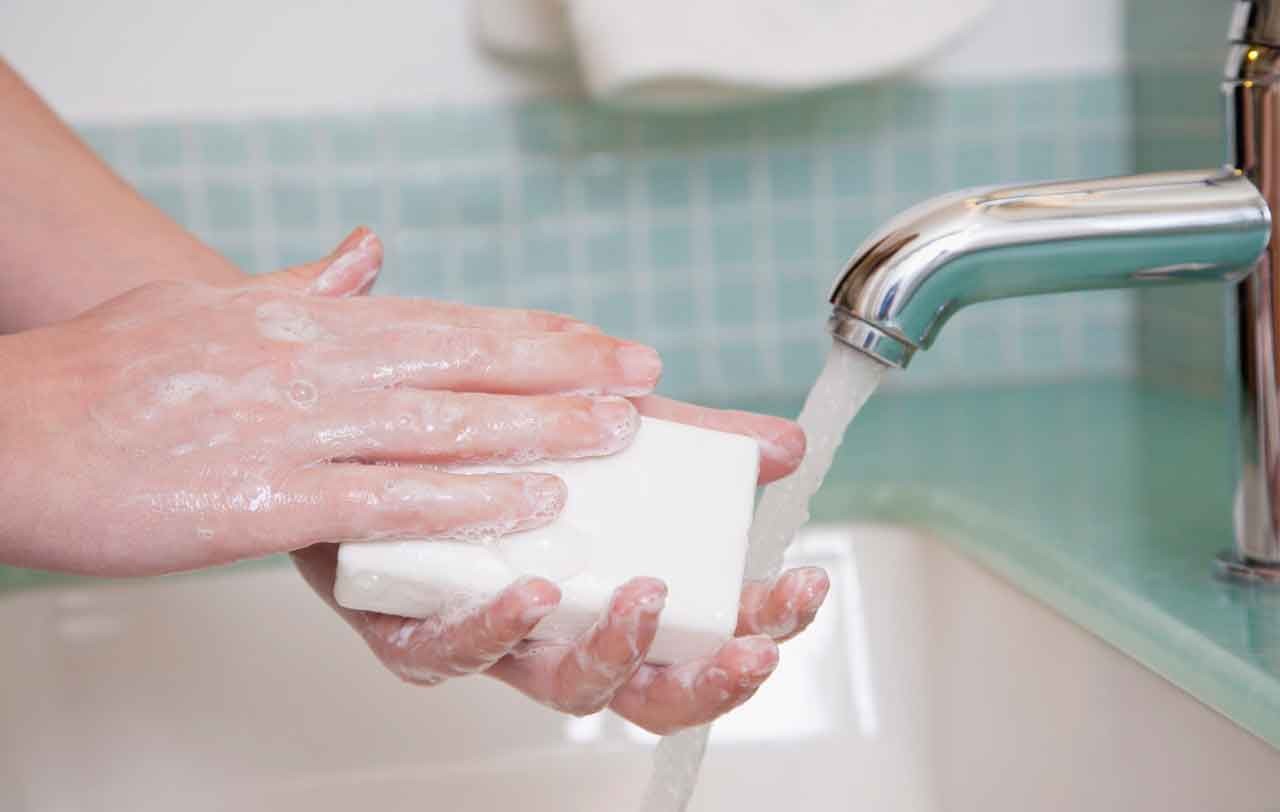Hand Washing Helps Control Infection Outbreaks

Studies find it’s easier said than done, even among healthcare professionals.
As usual, you’re mom was right. You should eat your vegetables and wash your hands often to prevent colds and flu.
A study in England that included 20,000 patients from general practitioner offices supports her. The study found that there were fewer respiratory tract infections in people who were prompted to wash their hands regularly via the internet.
They were compared to a patient group that didn’t receive the instructions. All participants were further divided into those who received a questionnaire on hand washing at the start of the study and those who didn’t.
Four internet sessions per week for 16 weeks included new content each time about the flu and hand washing, and established a plan that maximized hand washing.
This may seem like common sense to you, but think about it. How often do you wash your hands during the day compared to how many times you touch a doorknob, grocery cart handle, train or bus bar for standing, or some knickknack on a co-worker’s desk? How many times do you shake hands?
“Influenza has a strong potential to transfer from individual to individual, and encounters in everyday life play an important part in its diffusion in the population,” writes Chris van Weel, MD, PhD, a community care expert at Radbound University in the Netherlands.
“Wherever people meet — at work, in shops, on public transport — there is the risk of transmission, suggesting that the community is the context in which protection against further spread has to be orchestrated.”
Van Weel says the use of the tnternet was “innovative” and he was impressed with the participants’ commitment to hand washing over time. He suggests this was due to the community participation aspect of the approach. All for one, one for all.
He also notes that the study authors reduced the use of antibiotics while lowering the rate of infection. “(This) is in line with policies to counter the threat of population resistance to antibiotics,” he added.
An earlier study that reviewed hand-washing clinical trials found improvements in hand hygiene resulted in a 31 percent reduction in gastrointestinal illness and a 21 percent reduction in respiratory illness. The most effective intervention was “hand-hygiene education.”
Here’s the rub, or scrub. While hand washing is the simplest and most effective way to limit the spread of bacteria, studies by the American Society for Microbiology indicate that “Americans do not wash their hands after going to the bathroom and before handling or eating food.”
The extent of this problem is reflected in “Global Hand Washing Day” on Oct. 15, which is dedicated to increasing awareness of hand washing with soap as an effective approach to disease prevention.
“Compliance with hand hygiene recommendations is poor worldwide,” write the authors of one study. “It is now recognized that improving compliance with hand hygiene recommendations depends on altering human behavior.”
Many hospital patients acquire infections that spread as well.
In a Cleveland hospital, a bacterial infection that became widespread among patients led to a rigorous hand-washing program.
"People were good at coming up with excuses why they didn't need to wash hands," said Al Connors MD, chief medical officer of the MetroHealth Medical Center, "But when you walk into a patient's room you never know what’s going to happen,” he told the Cleveland Plain Dealer.
After four years of hand-washing enforcement, the hospital's compliance rate across its clinical care units was over 97 percent by August 2014.
One survey of more than 180 hospitals by the Centers for Disease Control and Prevention found that about 1 in 25 hospital patients contracted at least one infection.
“Hand washing is a reflexive behavior — we don’t tend to think about it; we think it just “`happens,’” said Tom Talbot, MD, of the Vanderbilt University Medical Center. It’s like if we use seatbelts. We get into a car and put on the seatbelt without really thinking about it because we’ve become accustomed to this behavior,” Talbot told the Institute for Healthcare Improvement.
It’s not just washing your hands, but doing it the right way. It may seem simple – hands, water, soap – but there’s a procedure and sequence that’s widely suggested.
It includes, for example, making sure that you get in between the fingers and on the backs of your hands. To make sure you’ve done it long enough, it’s suggested that you hum the “Happy Birthday” song twice. No upping the tempo.
Updated:
March 20, 2020
Reviewed By:
Janet O’Dell, RN